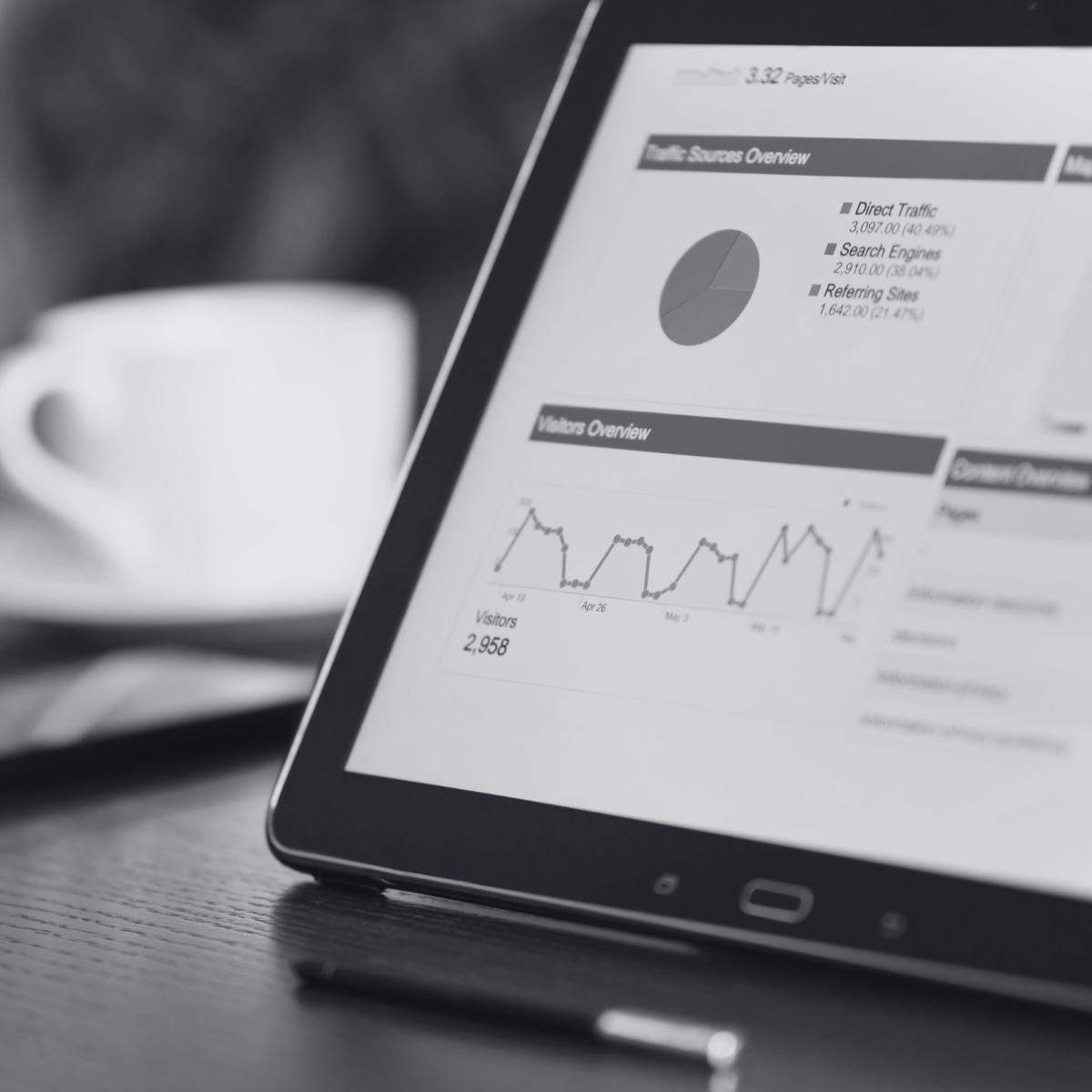Who to Sell to?
The type of buyer will determine the magnitude of the final price. This outcome is a direct reflection of each buyer’s perception of risk and return.
There are many potential buyers of your business, but if we group all potential buyers from a risk and return perspective and consequently on their price propensity, ranking them from lowest to highest, we can distil the key buyers and transaction types into 4 distinct groups:
- Private to Private Transactions
- Private to Private Equity to Public/IPO
- Private to IPO
- Private to Public Transactions
The type of buyer will determine the magnitude of the final price. This outcome is a direct reflection of each buyer’s perception of risk and return.
The factors driving risk and return for a buyer are a function of the buyer’s cost of funds, value of control and their potential to derive cost savings and synergy benefits with your business.
These factors are unquestionably, always more favourable for private to public transactions than other transaction types.
Private to public transactions involve the sale of your private business to a publicly traded business, such as one listed on the ASX.
These transactions generally yield the highest price because of the diversification of investors, lower funding costs and levels of illiquidity and because of their efficiencies and synergistic operations to extract higher value for your business from control and in integrating your business with their own operations.
An improvement on a sale to a public transaction is to a public transaction of an international buyer. When a sale is made to an international buyer, the purchase price tends to be considerably higher than what could be secured from a local buyer. The primary reason for this is that international buyers tend to acquire for macro strategic reasons. Buying a local business where the buyer has no market presence represents a significant savings to an overseas buyer in both startup costs, early trading losses and time to market generally. Hence, their capture of additional value is often greater.
A cautionary note! Deriving value from your business and extracting value through an increase in price for your business is more difficult and do not go hand in hand. How much a seller can realise is largely dependent on how the seller and its adviser can market the business and manage competitive tension, refer below.
We summarise the valuation and price drivers for each buyer and transaction type in the table below.

How to sell?
Selling a business is a complex and time-consuming process. It is very easy to underestimate the process and think, that as a business owner and vendor, you can do it all. You wouldn’t be the first or last to take your eye off the ball while trying to sell, letting your business suffer and weakening your sale proposition as a result.
Experienced buyers will automatically assume a position of advantage if they see you have no professional help, especially if they’re equipped with an army of experts!
“A doctor who treats himself has a fool for a patient”
– Sir William Osler
A seasoned M&A Adviser who understands what it takes to make a deal happen can control the process for your best advantage from start to completion. In fact, even before a decision is made to sell, consulting an M&A Adviser can assist you with preparing to sell and getting the most out of your business before selling whilst getting shareholders on the same page ready for sale. Once the decision to sell has been made, a good M&A Adviser is invaluable in:
- Pricing your business
- Controlling the narrative and creating a favourable image of the business grounded in reality
- Actively marketing your business to the ‘right’ investors
- Determining whether an offer you have received is legitimate and possible
- Mediating conversations and negotiations between you and the buyer
- Representing you and working in your best interest, as directed by you
- Providing a buffer between you and the purchaser, particularly when negotiating a tough position, an M&A Adviser can do so without antagonising the buyer. Remembering, you might have to work with the new owner during a handover.
Critically, the sale process is long (typically from 3 to 12 months) and will inevitably test your patience as a vendor as you deal with the vicissitudes of potential buyers and their advisers. While this can be a source of tension, a tension any seller should embrace is competitive tension – the tension potential willing buyers feel when there are two or more bidders for the same business.
Competitive tension amongst willing buyers can drive rational pricing behaviour to its limits and often over-step them causing a transfer of value from the buyer to the seller.
Competitive tension amongst willing buyers can drive rational pricing behaviour to its limits and often over-step them causing a transfer of value from the buyer to the seller. Competitive tension does not just manifest in price alone. It can also manifest in favourable sale terms, whether it be in the size and scale of any earn-out or retention period. It can also be catalyst for the early consummation of a deal.
Even where there is only one genuine interested buyer, a properly controlled and conducted sale process can orchestrate the impression of multiple buyers creating the illusion of competitive tension with all the advantages it brings to the seller. This is a key reason for engaging an experienced M&A Adviser to assist you and your business through the machinations of the sale process.
Sell, Don’t Sit
If your goal as a business owner is to maximise the value of your business on sale, then you should dispense with the notion that good businesses are bought, not sold. A business exit strategy that relies on an unsolicited offer from a benevolent buyer is fanciful as it is foolish.
Taking your business to market instead of waiting around doesn’t mean you have to remove your preferred buyer from consideration, nor does it mean that you’ll have to orchestrate a sales process all on your own. The best approach is to hire an M&A Adviser to run a structured transaction. An M&A advisor can help you with all parts of the selling process and ensure that you’re not left wondering if you got the best deal for your business.
Considering the sale of your business? Let Active Directions guide you to the best pathway for maximising your exit success. Contact us for a confidential conversation to explore how our tailored M&A advisory services can meet your unique needs and objectives.
About the Author
Michael is a Senior Mergers & Acquisitions and Business Exit Planning Consultant for Active Directions.
Having advised on M&A transactions worth over $2.0Bn in shareholder value, Michael brings a wealth of experience in business evaluation, pricing strategies and tactics, deal process and dynamics, and risk mitigation.
As a lead M&A Adviser, Michael’s role is to navigate business owners through the deal process, providing advice on sale timing and structure, pricing, deal tactics and assisting in identifying and solving for deal roadblocks before they happen.



.png)
-1.png)
-1.png)

.png)
.png)
.png)
-1.png)
-1.png)
-1.png)
-1.png)







